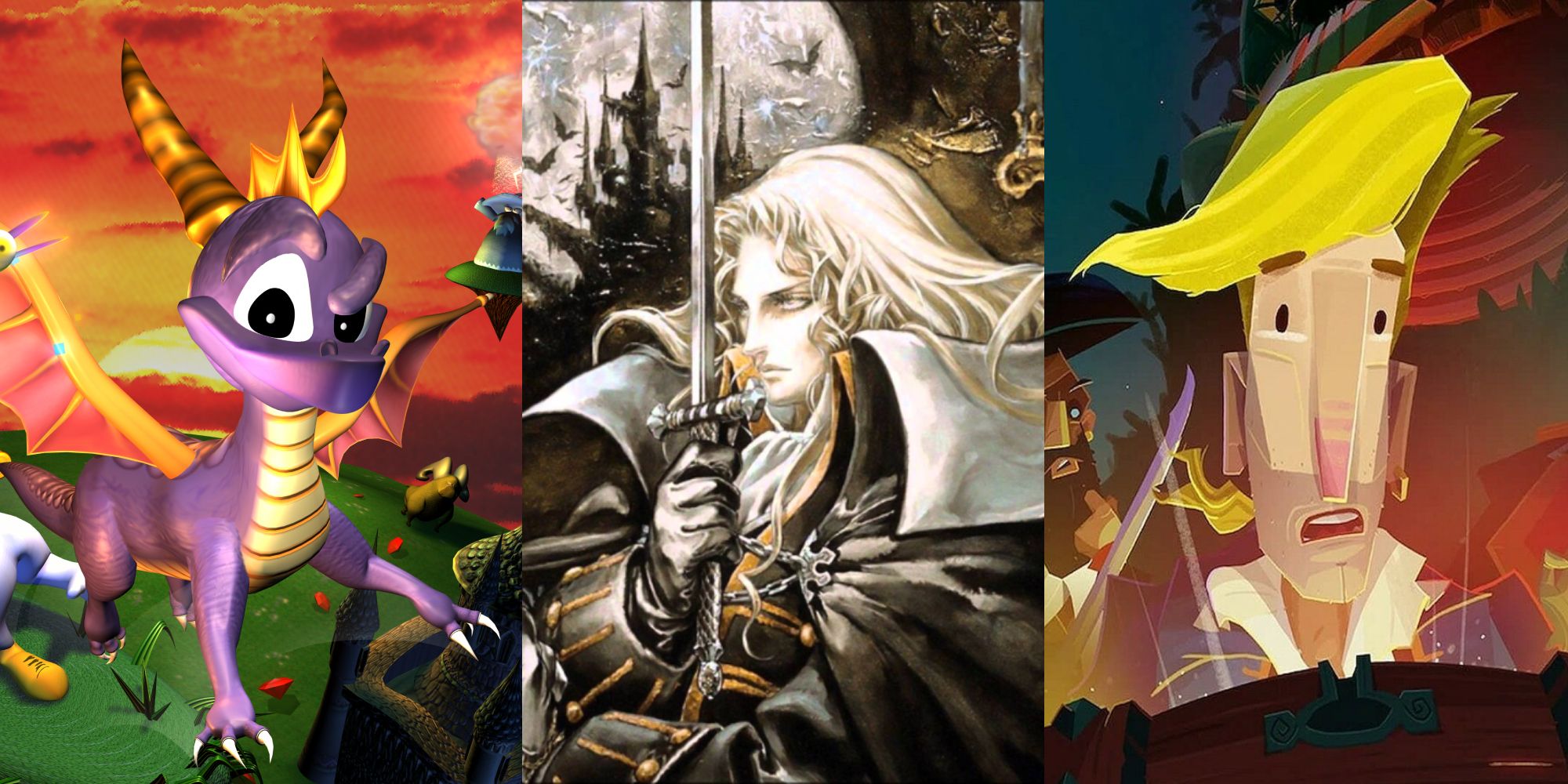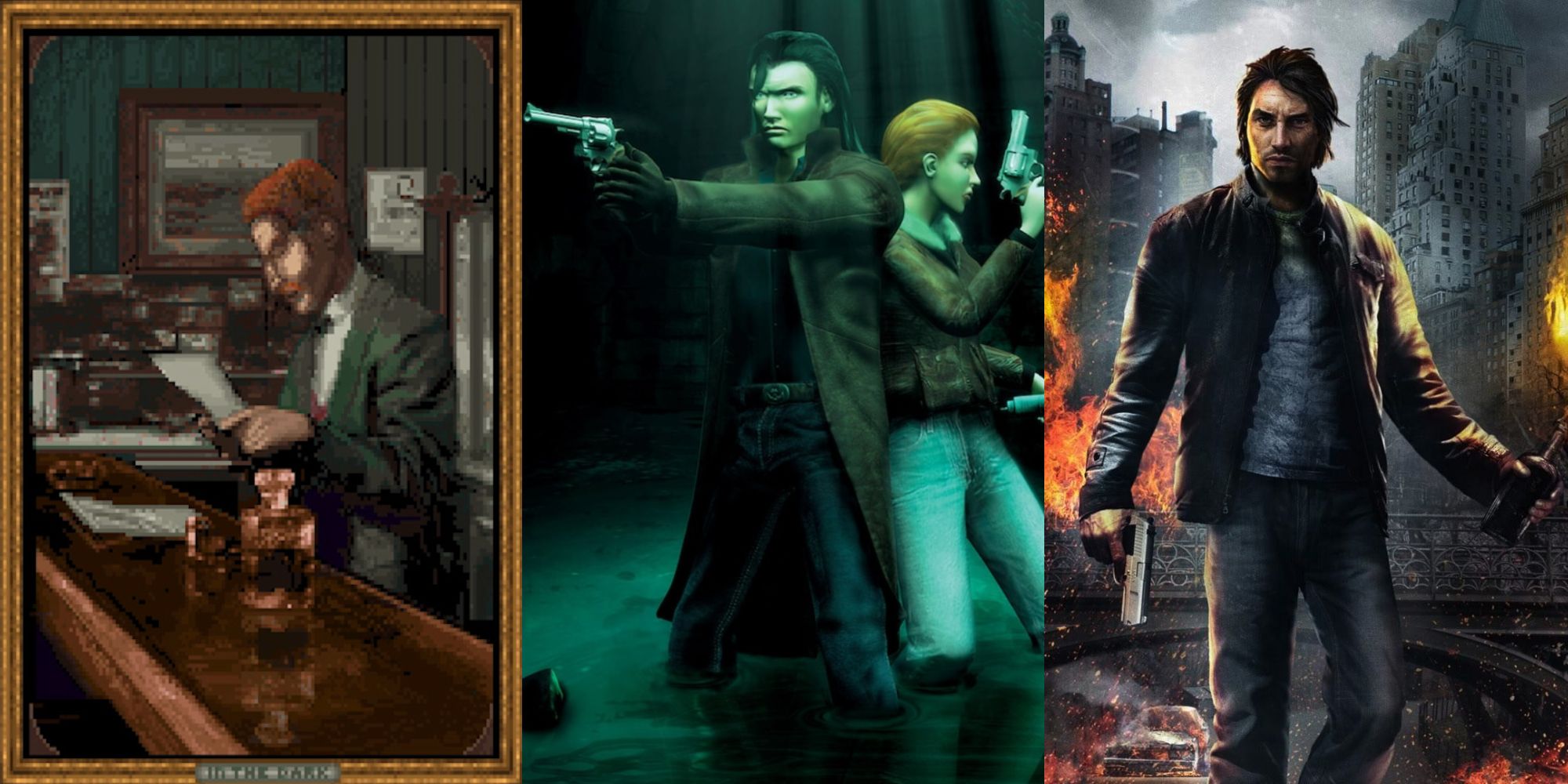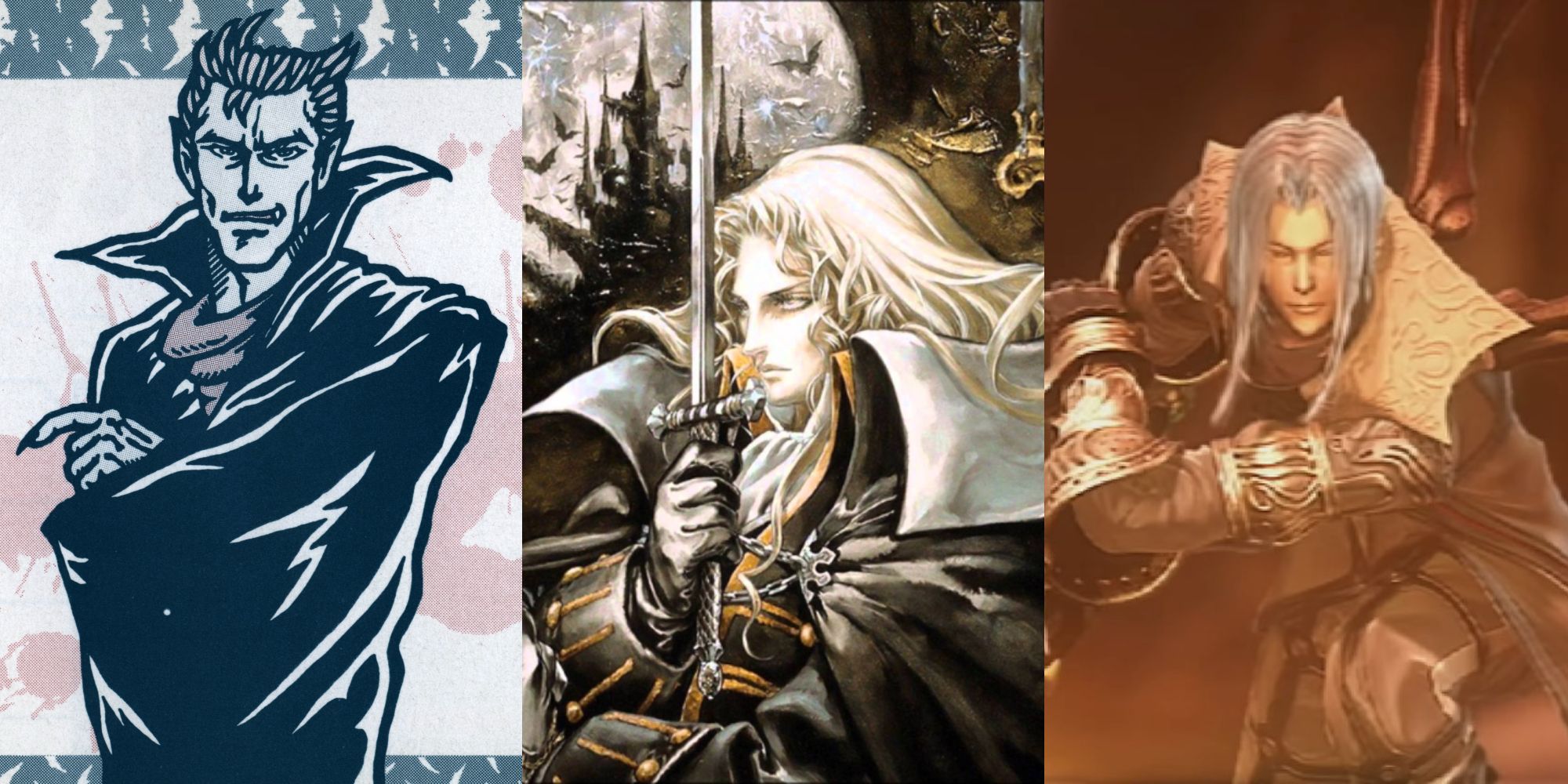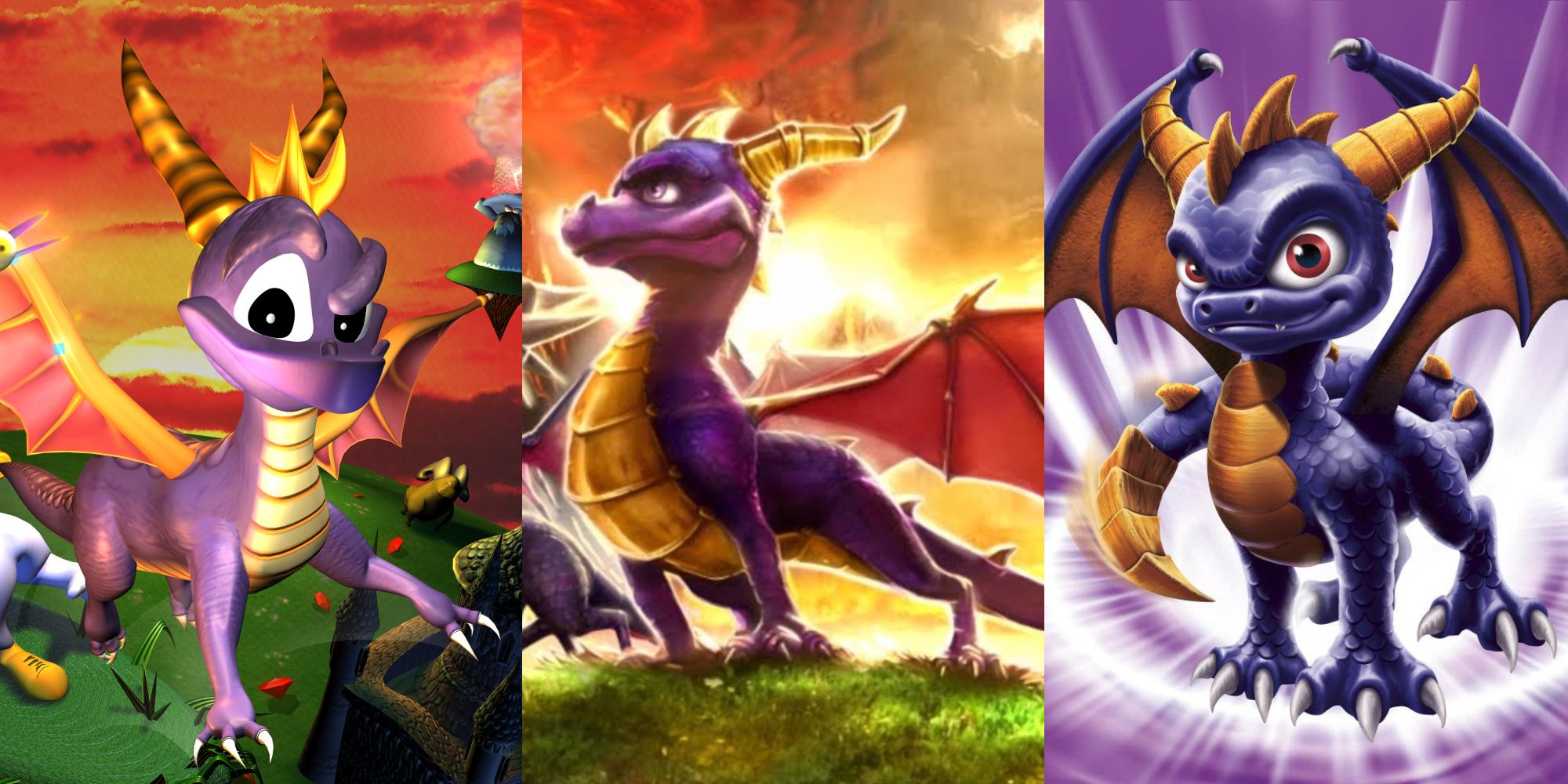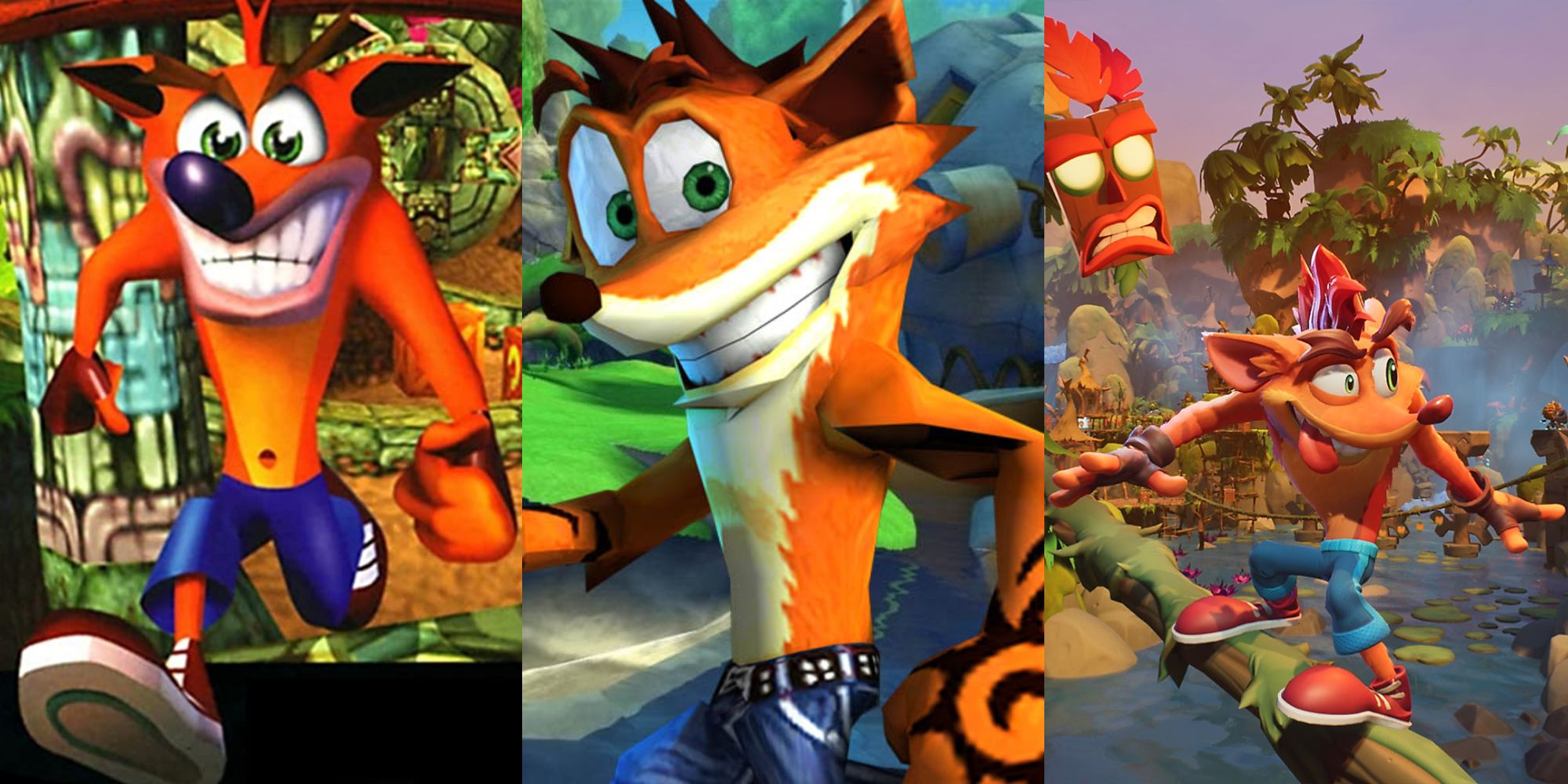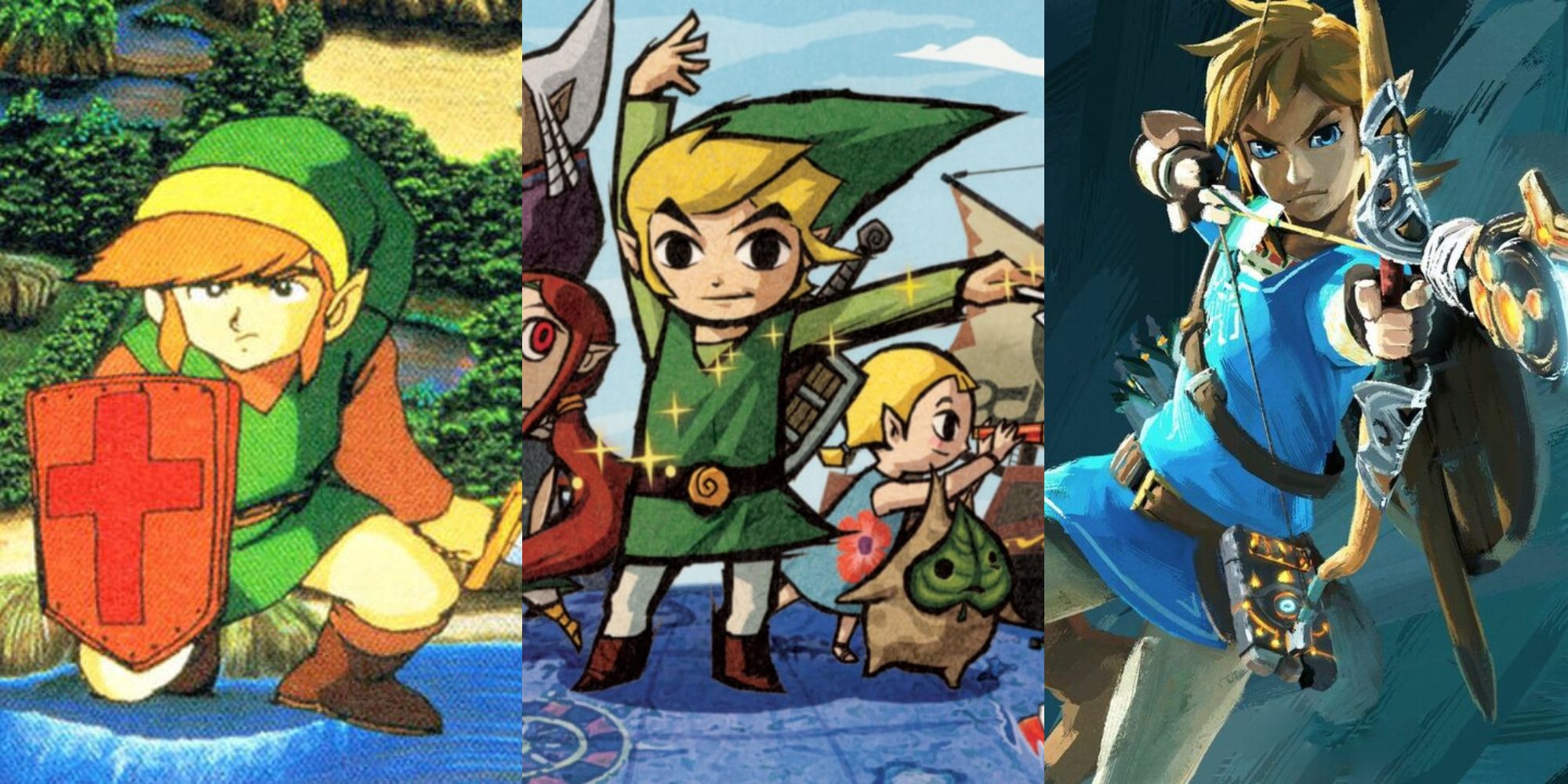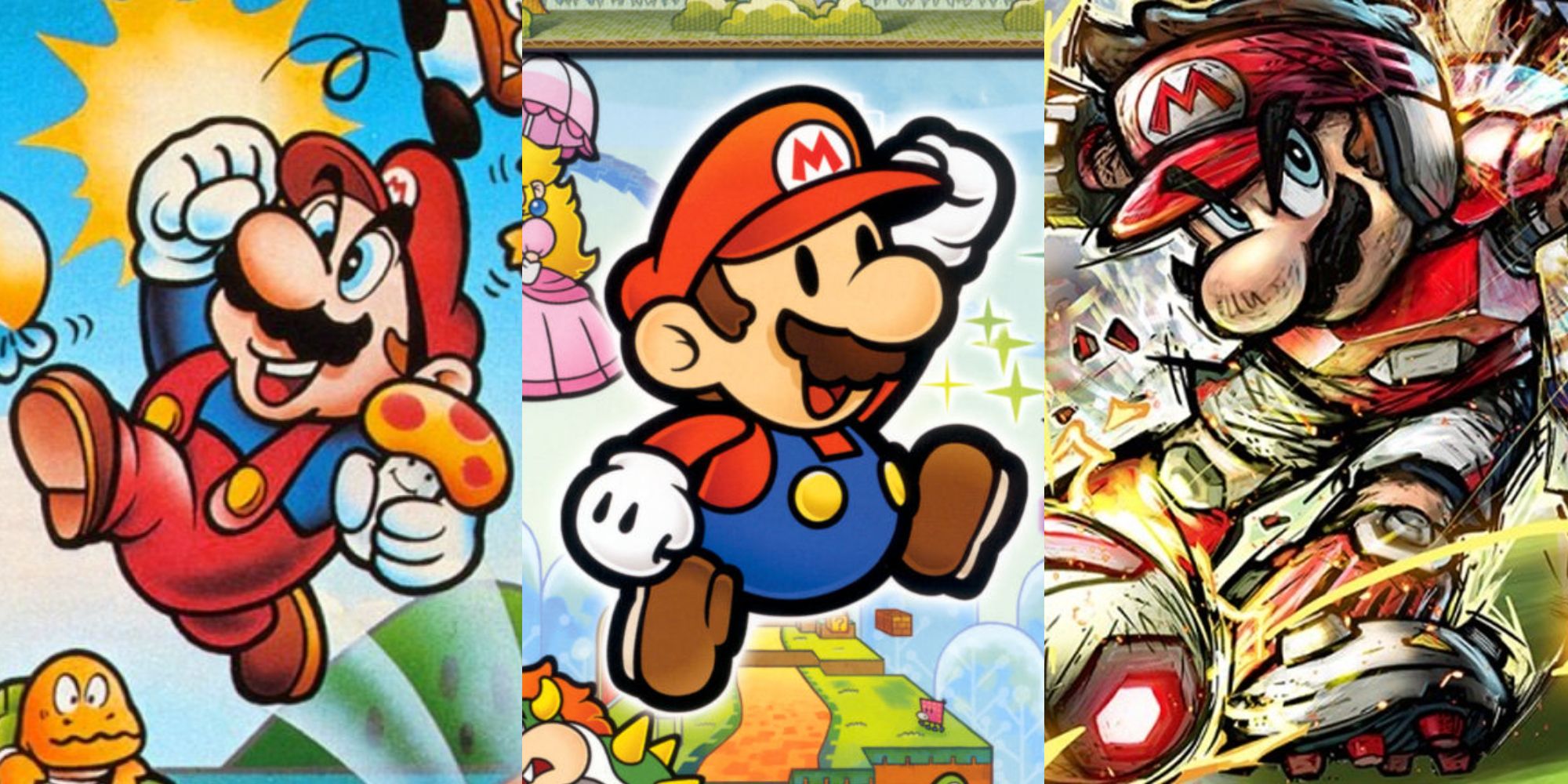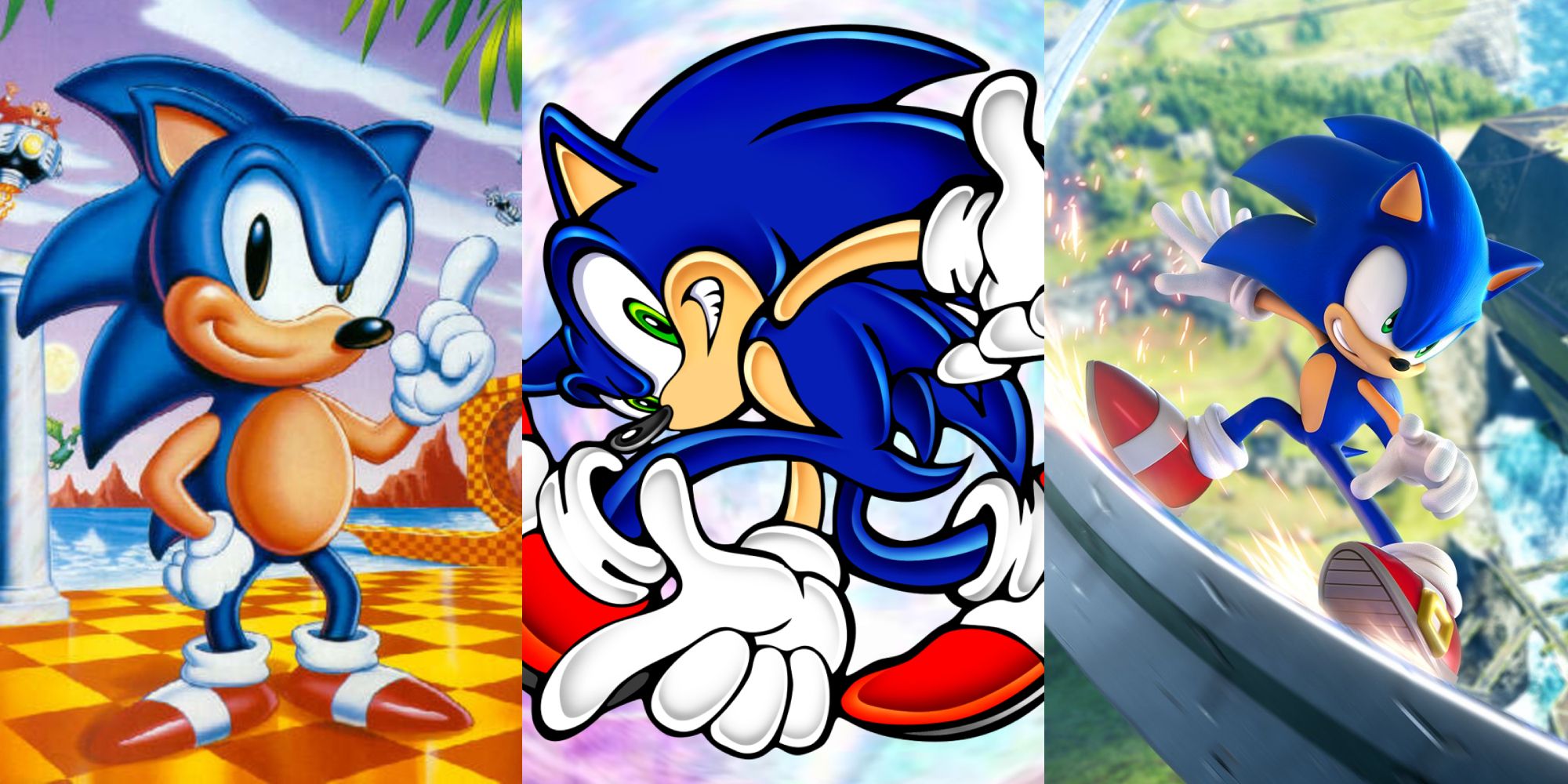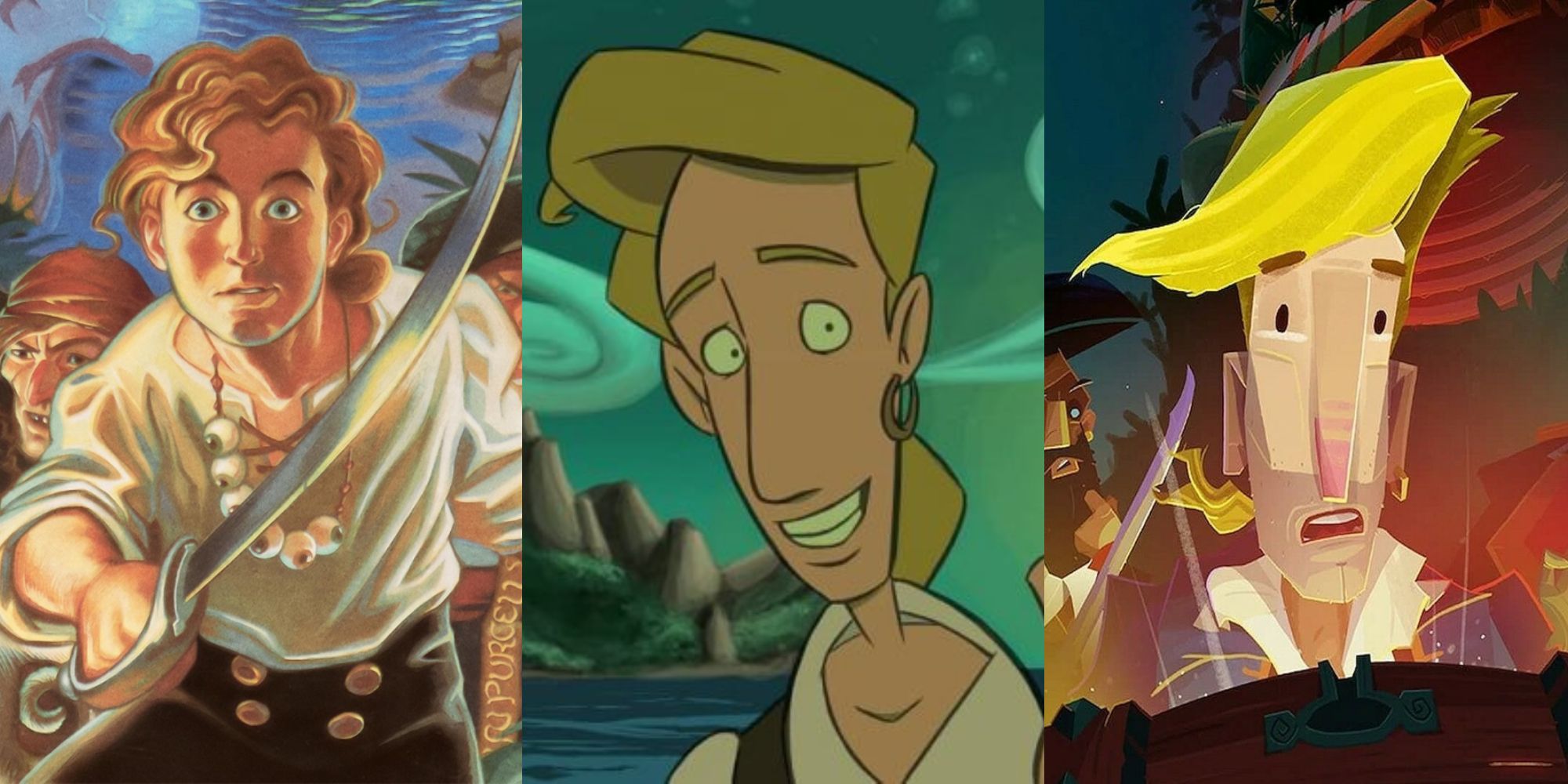Nothing makes a game stand out as much as a great art style. Whether it’s a bright and colorful cartoon style or moody realism with a distinct art direction, the most iconic franchises usually come with instantly recognizable visual design.
Sometimes, franchises see drastic changes to their art styles over time, as different artists take charge of the direction. While most changes are incremental, some characters have seen drastic changes to their visual design as they’ve moved through different teams and directors. Sometimes this works well and creates a unique and exciting look for the character. Other times, it can backfire and raise questions about why the style was changed.
8 Edward Carnby (Alone in the Dark)
One of the strangest art shifts in gaming history has to be Alone in the Dark. Released in 1992, the original Alone in the Dark was an influential survival horror title, predating Resident Evil’s similar gameplay style by four years. However, its main character, Edward Carnby, has seen some drastic changes over the years.
In the original game, this private investigator was an older gentleman with a mustache and a waistcoat. However, the 2001 game The New Nightmare changed Edward to a younger, moodier figure, clearly tapping into the early 2000s darker and edgier styles of other media. In 2008, the series would get another reboot, with Edward now resembling a typical 360/PS3 era protagonist. With so many changes over the years, it’s understandable why new owners THQ Nordic plan to completely reboot the series with a remake of the original.
7 Alucard (Castlevania)
The dhampir son of Dracula, Alucard, is one of the most frequent returning characters from the Castlevania franchise on account of his long lifespan. However, a consistent look has been hard for Konami to pin down. In his debut game, Castlevania III, he looked like a basic smug vampire. When he returned as the star of Symphony of the Night, artist Ayama Kojima re-imagined him in her pretty boy anime style.
Later appearances also include the Netflix anime adaptation and a drastically different art style for the crossover fighter, Castlevania Judgment. While these days, Alucard’s canon appearance is generally accepted to be Kojima’s Symphony of the Night design, it took Konami a while to get there.
6 Spyro the Dragon
Spyro the Dragon has hopped developers and publishers multiple times in its existence. Originally developed by Insomniac for the PS1, the character designs were created by cartoonist Charles Zembillas, whose quirky style was seen throughout the games.
However, as Insomniac moved on and the rights would move to Sierra, developers Krome decided to produce a more serious trilogy as a reboot, with an appropriate redesign for Spyro in the process. After Activision acquired Sierra, Spyro would become the face of the Skylanders toys-to-life series, with a new redesign that wasn’t popular with old fans. Thankfully, the original style returned when the original games were remade as the Re-Ignited Trilogy.
5 Crash Bandicoot
Just like Spyro, Crash Bandicoot is another series that would see drastically different designs as the IP moved from publisher to publisher. Under Naughty Dog and Sony, Crash’s design would also come from Charles Zembillas, but later developers would make Crash more and more zany with each new game.
The most drastic change came with Crash of the Titans, where Crash sported a design that could have only been created in the 2000s, with baggy jeans and tribal tattoos added to the character. However, while Crash got another redesign in 2020 with Crash Bandicoot 4, it’s one that returned to the spirit of the original games while retaining an identity of its own.
4 Link (The Legend of Zelda)
With each Legend of Zelda title, Nintendo has worked hard to give each game its own identity. While Link’s trademark green tunic and cap have been consistent across most depictions, the way that they've utilized has changed frequently. From the anime art styles of the original 1986 game and Link’s Awakening to the moodier styles of Twilight Princess and Majora’s Mask, each style has stood out while still being distinctly Zelda.
The most drastic shift in art style happened with Wind Waker, where the game gained a cartoon style that gave Link a wide-eyed, hyper-expressive look that initially caused upset on its original reveal. Breath of the Wild also drastically changed Link, changing his outfit entirely and presenting him in a more painterly style, most likely to signify how different the gameplay of that game was to its predecessors.
3 Mario
A series as long-running as the Mario franchise is bound to see a number of changes to its art style, especially with multiple teams handling a Mario project at any given moment. However, due to Mario’s simple design elements, he’s able to drop into any number of different art styles without being unrecognizable.
One of the more significant changes to Mario’s depiction include Paper Mario, which takes on a cutesy cartoon look for Mario and friends. Another is the Mario Strikers series of soccer games which present an angular look more akin to comic books.
2 Sonic the Hedgehog
Much like Mario, Sonic's basic design has stayed the same over the years, but as the games have passed through different artists and directors, the art style has changed a lot. The most significant art shift for Sonic has to be his gradual shift from a short, stout character into a much taller, slimmer one.
The Sonic series has also experimented with other styles, such as the sketchbook style seen in the Storybook games or the more angular style seen in Sonic Battle. This fits in with how often the series experiments with gameplay features too.
1 Guybrush Threepwood (Monkey Island)
Monkey Island is a series that absolutely refuses to stick to a consistent art style. While the original game’s limited pixel art visuals were accompanied by a realistic art style on the box, this would be thrown out by the third game in favor of an outright cartoony one. Escape and Tales would also adopt their own art styles that changed protagonist Guybrush’s look significantly.
Even with the series returning in 2022 with original creator Ron Gilbert on board, Return to Monkey Island once again completely resets its art design, this time adopting an angular papercraft style courtesy of Tearaway and Knights and Bikes director Rex Crowle. While it’s proven controversial with classic fans, it does show how determined the series is to constantly change its appearance.

